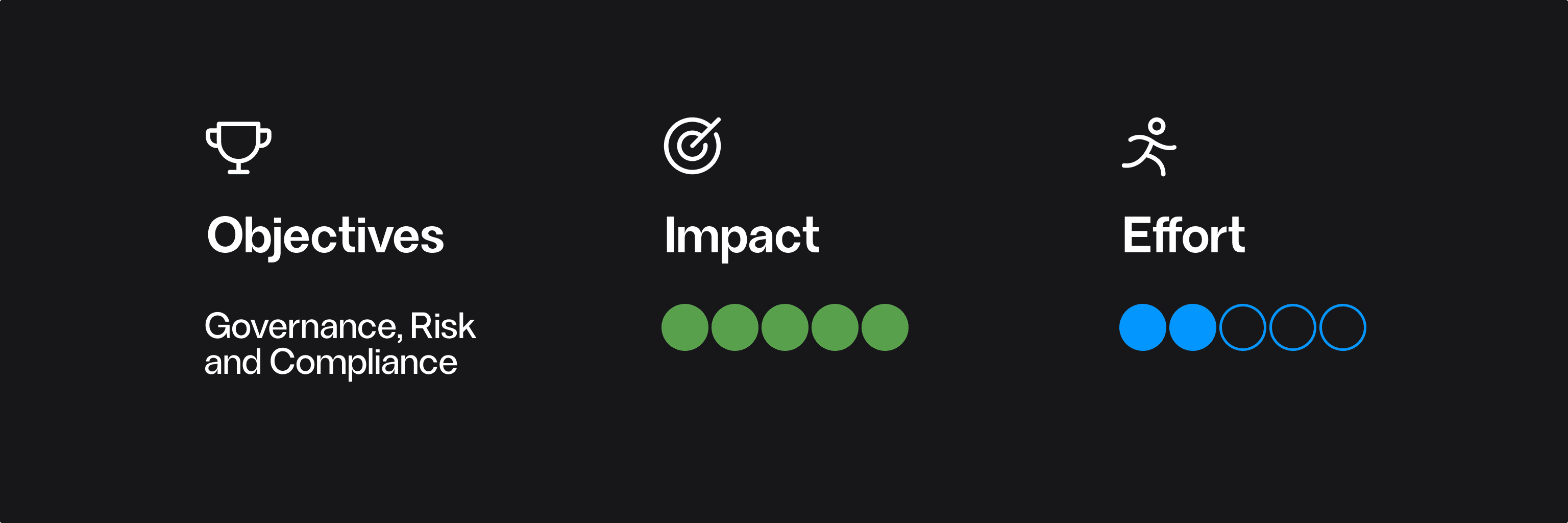Engineering
Best Practice: Use Scrum or Kanban frameworks
Sep 12, 2024
In the ever-evolving landscape of software development, agility, rapid iteration, and collaboration are non-negotiable. Agile methodologies such as Scrum and Kanban provide the essential framework for teams to deliver high-quality products while remaining responsive to changing demands. Choosing the right methodology hinges on your project requirements and team dynamics.
Why Agile Frameworks Are Essential
Agile frameworks empower engineering teams to navigate complexity and maintain project momentum. By breaking down larger tasks into manageable units, teams can focus on delivering value incrementally. Continuous feedback and iteration foster quicker delivery cycles, enhanced product quality, and a more collaborative atmosphere.
- Flexibility: Agile frameworks enable teams to swiftly adapt to shifting priorities or market demands without derailing the project. This adaptability is critical in today’s fast-paced tech environment.
- Transparency: Both Scrum and Kanban increase visibility into work progress, allowing teams to identify bottlenecks and ensure alignment on project objectives.
- Collaboration: Agile methodologies promote close cooperation among cross-functional teams, ensuring that product development aligns with both technical feasibility and user requirements.
Scrum: Harnessing Time-Boxed Sprints
Scrum is one of the most widely adopted Agile frameworks, characterised by time-boxed iterations known as sprints, typically lasting two to four weeks. Each sprint has defined objectives and concludes with a review, fostering a cycle of continuous improvement.
Benefits of Scrum:
- Focused work cycles: Scrum’s structured sprints create a sense of urgency, enabling teams to concentrate on delivering specific features within defined timelines.
- Clear prioritisation: Sprint planning allows teams to align on priorities, ensuring that the focus remains on delivering high-value features.
- Accountability: Daily stand-ups promote accountability and facilitate early identification of obstacles, fostering a culture of ownership.
When to Use Scrum:
Scrum is particularly effective for feature-driven projects where delivering specific functionality is paramount. Teams that thrive in structured environments will find Scrum beneficial for maintaining clear deadlines and roles.
Kanban: Visualising Work and Optimising Flow
Kanban centres around visualising work in progress. Teams utilise boards to track tasks through stages, from "to-do" to "in progress" to "done." Unlike Scrum, Kanban emphasizes continuous delivery, allowing new tasks to enter the workflow as capacity permits.
Benefits of Kanban:
- Continuous Flow: Kanban is ideal for teams managing ongoing work without the constraints of time-boxed sprints. It promotes a model where updates are released as soon as they are ready.
- Work-in-Progress (WIP) Limits: By restricting the number of concurrent tasks, Kanban prevents bottlenecks and ensures a steady workflow, enhancing team focus and efficiency.
- Efficiency Gains: Visualising the workflow enables teams to quickly identify inefficiencies and areas for improvement, allowing for timely interventions.
When to Use Kanban:
Kanban suits teams operating in environments with continuous delivery demands, such as maintenance or service requests. It also benefits teams needing flexibility to respond to shifting tasks without the rigidity of sprints.
Best Practice: Select the Framework That Meets Your Team's Needs
When choosing between Scrum and Kanban, evaluate your team’s objectives, project requirements, and preferred working styles:
- Choose Scrum if your project features clearly defined deliverables that need to be completed in stages. Scrum's structured approach, including ceremonies such as sprint planning and retrospectives, enhances team alignment and focus.
- Choose Kanban if your team requires flexibility and operates on a continuous delivery model. Kanban’s emphasis on visual task management and WIP limits facilitates smooth progress without the constraints of fixed-length sprints.
Best Practice: Establish Regular Ceremonies for Scrum Teams
For teams implementing Scrum, maintaining a rhythm through regular ceremonies is crucial. These include:
- Daily stand-ups: Short, focused meetings where team members share updates on accomplishments, upcoming tasks, and any challenges. This practice surfaces issues early, ensuring alignment.
- Sprint planning: At each sprint's outset, the team defines goals and selects tasks to focus on, ensuring efforts align with high-value work.
- Sprint retrospectives: Post-sprint reflections allow teams to evaluate what worked well, identify areas for improvement, and establish actionable steps for the next iteration, promoting continuous growth.
Long-Term Benefits of Agile Frameworks
Implementing either Scrum or Kanban yields significant long-term benefits. These frameworks enable teams to remain adaptable, focused, and efficient, ensuring that products align with user needs and business objectives.
- Enhanced efficiency: Agile frameworks streamline workflows, allowing for swift delivery without compromising quality. They help teams maintain clarity around priorities, reducing the chaos of multitasking.
- Strengthened collaboration: By encouraging cross-functional collaboration and regular communication, Agile frameworks improve team dynamics, leading to more cohesive product development.
- Superior quality: The iterative nature of Agile allows teams to deliver higher-quality products. By regularly reviewing progress, soliciting feedback, and refining processes, each iteration builds on the last.
Conclusion
Both Scrum and Kanban offer valuable frameworks for engineering teams aiming to enhance workflows, foster collaboration, and deliver superior products. The key is selecting the methodology that best aligns with your team’s goals and project demands.
Whether you opt for Scrum’s structured approach or Kanban’s emphasis on continuous delivery, these frameworks can significantly enhance team efficiency and productivity. By establishing regular ceremonies and maintaining team alignment, you’ll lay the groundwork for long-term success.







